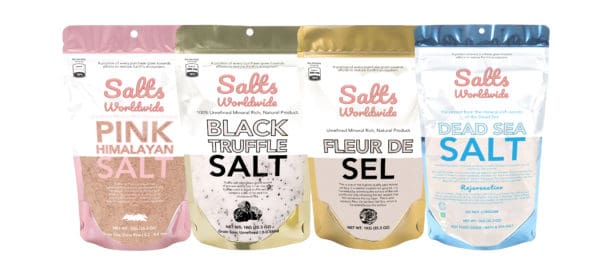It is not by accident that fleur de sel and fleur de la lis are two of the most popular terms in decorating terms today. In fact, the only way you will probably know the difference between fleur de sel salt and fleur de la lis salts is if you have ever had to shop for fleur de sel for yourself. But the truth is, fleur de sel and fleur de la lis are just two different names for the same fleur de salt. They are both made from the same type of stone called selenite. Here’s the difference.
Fleur de sel – This type of salt is harvested from deposits in France. It is harvested from different areas in France and the surrounding region of Savoy, Italy. The harvesting process includes dredging deep into the ocean floor, which requires the use of hydro jetting equipment. The crystals harvested from this deep layer of the ocean floor are then processed through milling and filtering processes to create a fleur de sel product.
Fleur de la lis – This type of salt is harvested from deposits in southern France and the surrounding region of Savoy, Italy. Unlike fleur de sel, fleur de la lis has a higher moisture content, as well as higher mineral and color variations. The process for harvesting fleur de la lis is quite similar to fleur de sel. However, it is done in a more delicate fashion. A fine mesh of sand is placed over the stone, which allows the crystals to be separated without having the entire surface exposed to the ocean water.
These crystals are then subjected to even more filtering. During this process, the fleur de sel crystals emit an ozone layer of ozone, which prevents further growth of microorganisms. During this treatment, the salt is changed into a fine crystal that can easily penetrate the skin. Once this crystal has reached the skin, it penetrates the skin with ease, leaving behind no fleur de sel at all.
Fleur de lis crystals are not the only salt harvested from these deep sea deposits. There is also fleur de espalier. Espaudier salt is harvested in a very similar fashion to fleur de sel, but the process of harvesting is very different. This salt is processed in much the same way as fleur de sel, but the crystal is left on the table while the other salt is shipped to market. The crystal fleur de sel still needs to undergo treatment, but now it does so in a much safer manner.
The fleur de sel harvested from the oceans have been compared to fleur de canne by many. Many people are of the opinion that fleur de sel represents a superior product to change, mainly due to the fact that it comes from seawater. However, one should remember that fleur de sel may have come from seawater as well, but has been treated and refined so that it may be suitable for food. The ordinary sea salt on the other hand, which is harvested straight from the oceans, cannot be processed the way it is for food.
During the fleur de sel harvesting process, much of the salt is harvested in order to make fleur de sel salt. The crystals are dried to a fine crystal, which is known as clairvoyance crystal. When these crystals are dried they are ground into fine powder. This powder can then be combined with other ingredients, which may include herbs and other flavors and spices to form a delectable crystal salt product.
It is interesting to note that these crystals are often mixed with flavorings such as cream, butter, or even sour cream in order to add extra flavor and texture to the product. The fleur de sel has managed to stay fresh for such a long time simply because of the nature of the crystals it contains. These crystals are truly very special, as they not only have a superior flavor, but they also play an important role in preserving the environment by slowing down the rate at which water vapor is released from the ocean floor.


Recent Comments